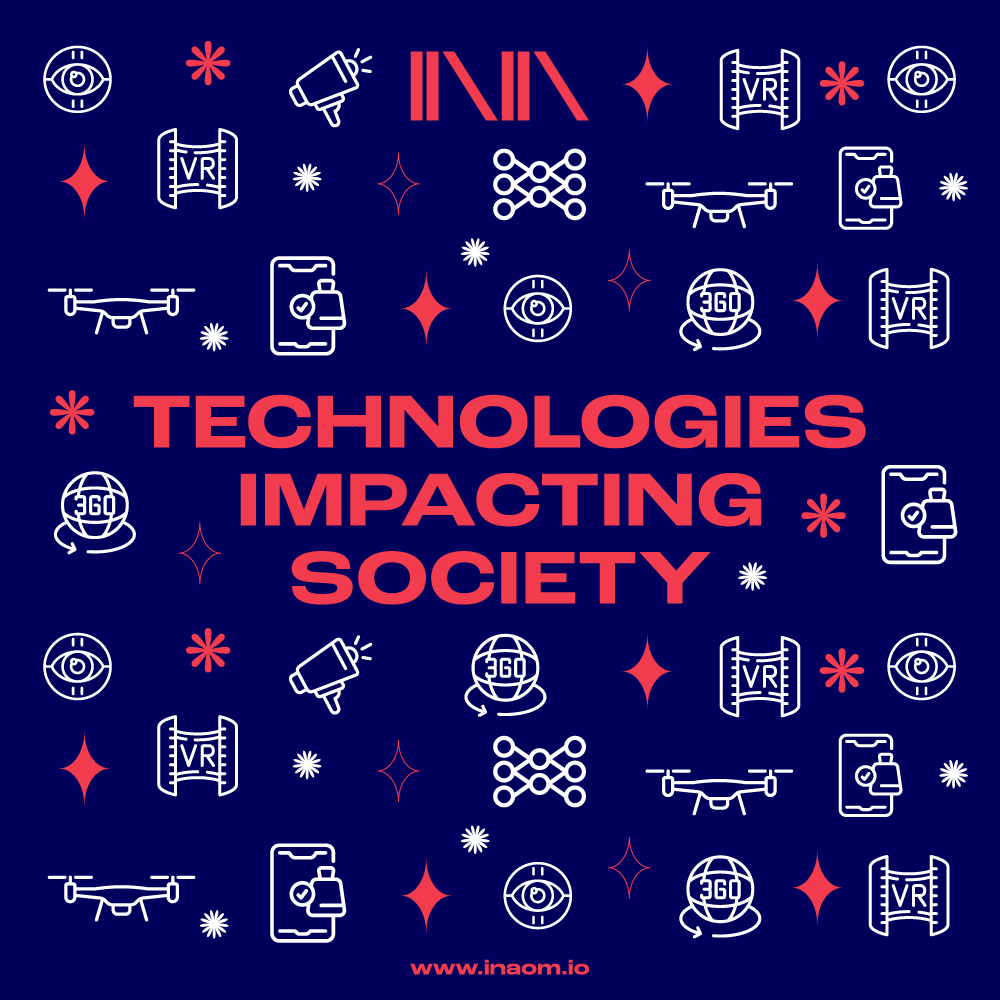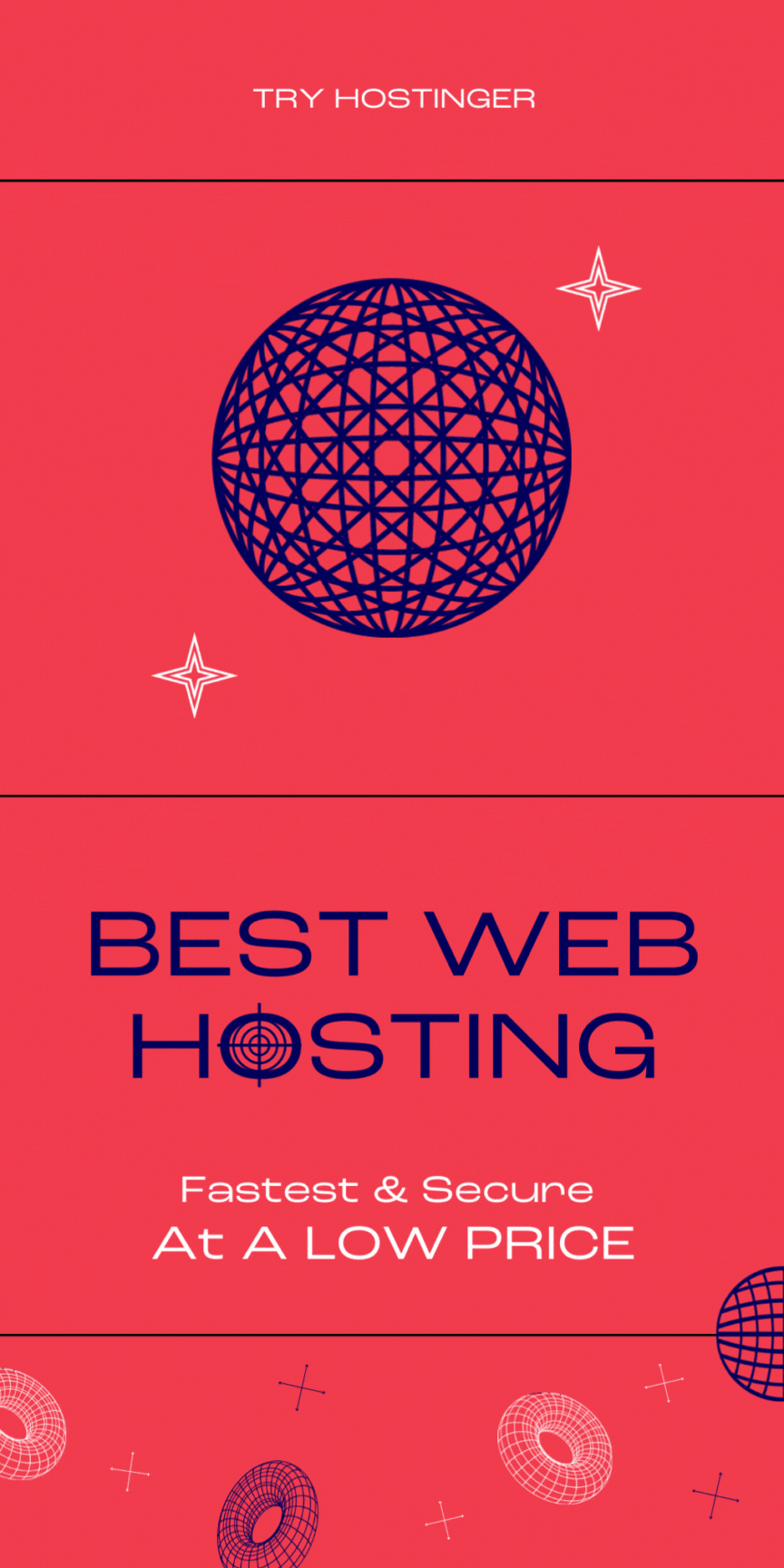
Web 3, also known as the decentralised web, is a new generation of the internet that utilises blockchain technology. This technology gives users more control over their data and online interactions. This new technology can also provide businesses with a deeper understanding of their customers and markets. Now, how can businesses understand web 3 for building customer relationships?
With Web 3, businesses can access decentralised data, such as customer preferences and behaviour. This allows businesses to gain a holistic view of their customers and markets, to create more personalised products and services. Web 3 can also provide businesses with secure and transparent customer data collection, which helps build customers’ trust. Overall, Web 3 has the potential to revolutionise how businesses interact with their customers and understand their markets.
The Evolution Of Web 3
The evolution of Web 3, has been a gradual process that began with the invention of the World Wide Web (WWW) in 1989.
The first generation of the web, Web 1.0, was primarily focused on providing access to information and static content.
With Web 2.0, there was a shift towards user-generated content and social media, which enabled greater collaboration and connectivity among users.
Web 3.0, however, represents a significant departure from the previous two generations of the web. Let’s see its features.
Features of Web 3.0
- It is characterised by the use of blockchain technology, which enables the creation of decentralised systems that are not controlled by any single entity. This decentralisation allows for greater security and privacy, as well as the ability for individuals to own and control their own data.
- Web 3 also enables the use of smart contracts, which are self-executing contracts with the terms of the agreement between buyer and seller being directly written into lines of code. This makes it possible for businesses to automate various processes and transactions, such as customer interactions and data collection.
- Additionally, tokenization, which is the process of representing a real-world asset in the form of a digital token, is also a key feature of Web 3. This allows for the creation of new revenue streams and the ability for businesses to interact with customers in new ways.
- The emergence of decentralised marketplaces is also a key aspect of Web 3, as it enables businesses to connect with new customers, suppliers and partners.
How can Businesses Understand Web 3 Better?
Decentralised Data Storage and Sharing
By using decentralised data storage and sharing solutions, businesses can access customer data that is not controlled by any single entity. This allows businesses to gain a more holistic view of their customers and markets, as well as the ability to create more personalised and targeted products and services.
Smart Contracts
Smart contracts can be used to automate various business processes and transactions, such as customer interactions and data collection. This can help businesses to gain a deeper understanding of customer behaviour and preferences.
Tokenization
Businesses can tokenize their assets and use them to create new revenue streams or to interact with customers in new ways. For example, businesses can use tokens to represent shares of stock or access to certain services, which can provide valuable insights into customer preferences and behaviour.
Decentralised Marketplaces
Decentralised marketplaces enable businesses to connect with new customers, suppliers and partners. By utilising these marketplaces, businesses can gain access to a wider range of customers and suppliers, and can also gain a deeper understanding of the market.
Transparency and Trust
Web 3 technologies provide a transparent and immutable record of transactions, making it easier to build trust among parties. Businesses can use this trust to build stronger relationships with customers and partners, which can lead to increased loyalty and repeat business.
Use Cases
Businesses can use web3 technologies to create and use decentralised applications (dApps) for different use cases such as digital identity, supply chain management, voting and prediction markets, etc. This can help to gain deeper insights and understanding of the customer’s preferences and behaviour.
Benefits of Web 3.0
Web 3.0, offers a number of benefits over traditional web systems. Some of the key benefits include:
- Decentralisation
- Increased Security
- Enhanced Privacy
- Improved Interoperability
- Tokenization and Digital Ownership
- Distributed Computing
- More Efficient Data Management
- Greater Transparency
- Enhanced User Control
- Personalization and Customization
Overall, Web 3 has the potential to greatly enhance security, privacy, and trust in online interactions. It also enables new forms of commerce and collaboration.
WEB 3.0 Vs. Traditional Web Systems
| Feature | Traditional Web Systems | Web 3.0 |
| Centralisation | Centralised | Decentralised |
| Data Storage | Centralised | Distributed |
| Data Ownership | Centralised | Decentralised, tokenized |
| Security/Privacy | Relies on central authority | Enhanced security and privacy, end-to-end encryption |
| Interoperability | Limited, fragmented | Improved interoperability, cross-platform |
| Smart Contracts | Not supported | Supported, programmable |
| Trust | Trust in central authority | Trust in decentralised network |
| Content Filtering | Centralised, controlled by authorities | Censorship-resistant, decentralised |
| User Control | Limited, controlled by platform | More control and ownership over data and content |
| Governance | Controlled by platform owners | Decentralised, community-driven governance |
Note: This is a general comparison and not an exhaustive list of features. There may be exceptions and variations depending on specific implementations and use cases.
Conclusion
Web 3.0 technology offers businesses a chance to gain better insights into their markets and customers. By using decentralised networks and smart contracts, businesses can collect more accurate data. They can also give customers greater control over their personal information. This can lead to stronger relationships and more loyal customers.
Additionally, Web 3.0 technology can enable businesses to offer personalised experiences and micro-transactions with the use of tokens. Embracing Web 3.0 not only leads to better understanding but also unlocks new business opportunities.
Frequently Asked Questions (FAQs)
How does Web 3 enhance customer understanding?
Web 3 introduces decentralisation, blockchain, and immersive technologies that allow businesses to gather more accurate customer insights. It is processed through transparent data ownership, personalised experiences, and immersive engagement.
How does smart contracts help businesses understand customers?
Smart contracts are self-executing agreements that can be used to automate interactions with customers. They enable businesses to offer personalised deals, rewards, and recommendations based on customer behaviour.
How can businesses engage with customers in digital communities?
By participating in digital communities and leveraging social tokens, businesses can interact directly with customers. They can understand their preferences, and tailor their offerings to meet customer needs.
How can businesses use Web 3 search data for insights?
Decentralised search engines and browsers in Web 3 enable businesses to understand customer intent and interests. It is based on their search history, guiding marketing strategies effectively.










